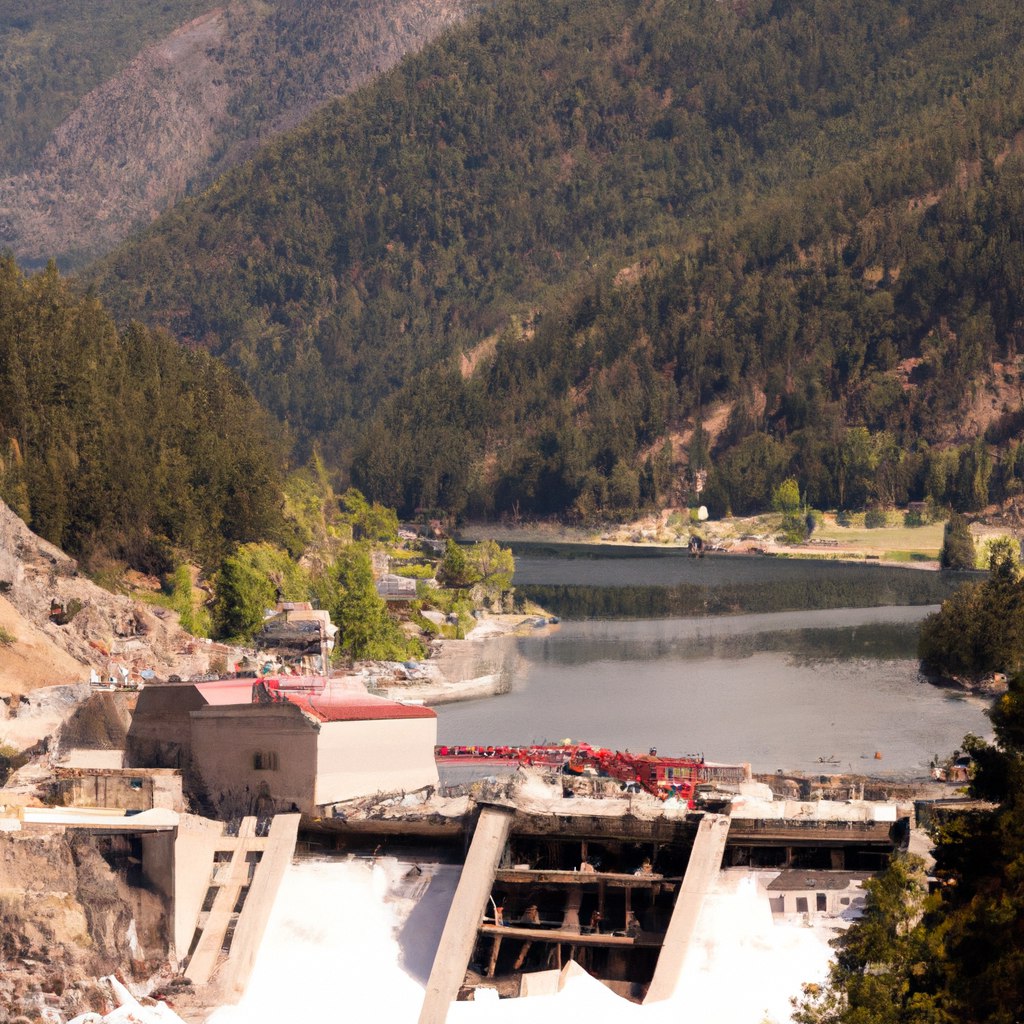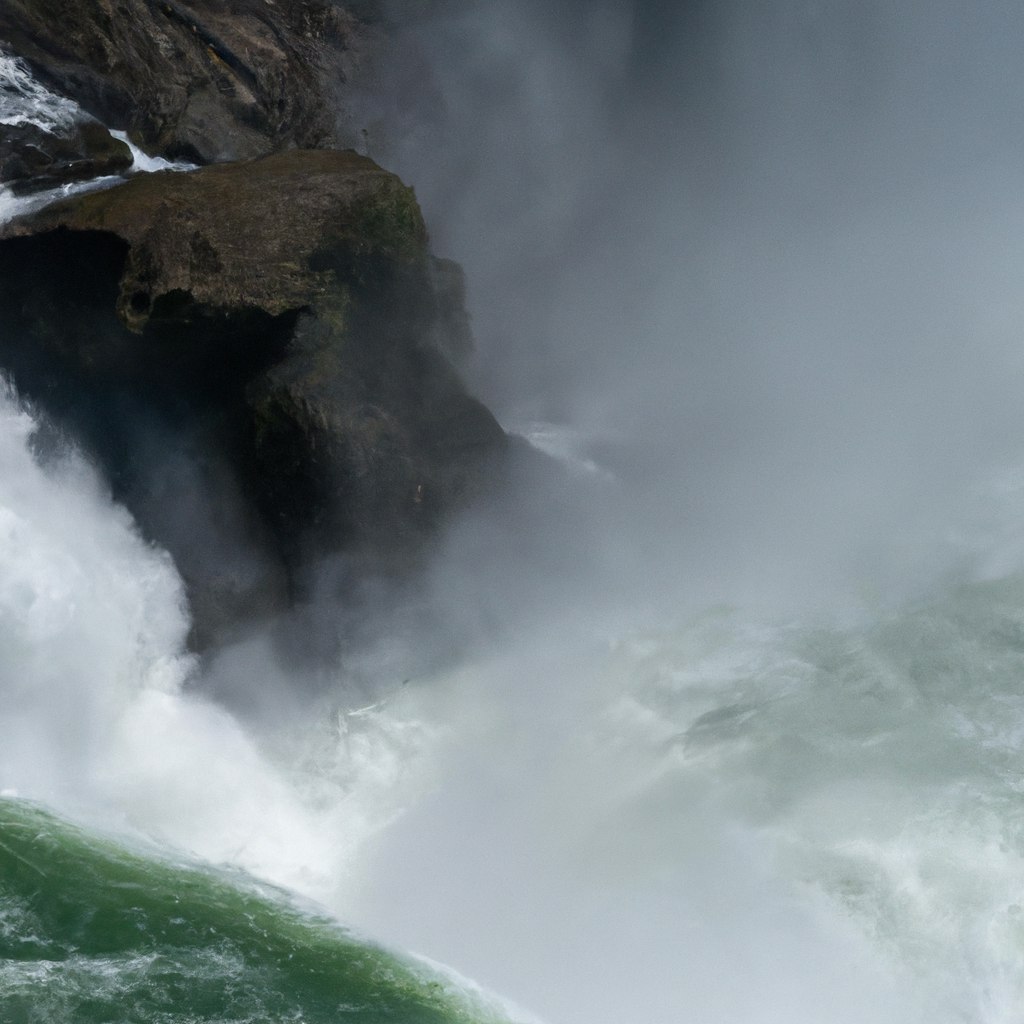
Climate change is an escalating global challenge, and the urgency to combat it has never been greater. The burning of fossil fuels has been a primary contributor to the rise of greenhouse gas emissions, leading to the warming of our planet. As a consequence, the world is witnessing more frequent and severe extreme weather events, rising sea levels, and ecological disruptions.
Hydropower stands as a critical ally in the fight against climate change. Its carbon-free energy generation, ability to complement other renewable sources, and potential for energy storage make it an indispensable component of the global effort to combat global warming. As technology and environmental practices continue to advance, the responsible development and operation of hydropower projects hold the promise of providing a sustainable and cleaner future for generations to come.
The Climate Change Connection
The consequences of climate change are far-reaching, affecting ecosystems, human livelihoods, and global economies. The Intergovernmental Panel on Climate Change (IPCC) has unequivocally stated that urgent and substantial actions are required to limit global warming to below 1.5 degrees Celsius compared to pre-industrial levels. Hydropower’s role in this endeavor lies in its capacity to displace fossil fuels, which are the primary drivers of greenhouse gas emissions.
As nations grapple with transitioning to cleaner energy sources, hydropower offers a reliable and renewable alternative. Unlike fossil fuels, hydropower does not emit carbon dioxide or other greenhouse gases during the generation process, making it a critical tool in the fight against climate change.
Hydropower projects are found across the globe, utilizing rivers, streams, and waterfalls to generate electricity. By harnessing the kinetic energy of flowing or falling water, hydropower turbines can produce clean electricity at a large scale. Additionally, it has the advantage of providing consistent and predictable power generation, making it an attractive option for meeting the increasing energy demands of modern societies.
Hydropower’s historical significance dates back centuries, with water wheels and other early hydropower technologies used for grinding grain and other industrial processes. However, it wasn’t until the late 19th and early 20th centuries that large-scale hydropower plants emerged as a significant source of electricity generation.
One of the most well-known examples of hydropower’s impact is the Hoover Dam on the Colorado River in the United States. Completed in 1935, the Hoover Dam remains an iconic symbol of engineering prowess and hydropower’s ability to provide clean and reliable energy to millions.
Hydropower as a Carbon-Free Energy Source
One of the most compelling aspects of hydropower is its ability to generate electricity without relying on carbon-intensive fuels. Instead, it harnesses the kinetic energy of flowing or falling water to produce electricity through turbines. This process not only reduces greenhouse gas emissions but also helps to improve air quality, leading to a healthier environment.
Hydropower plants can be deployed in various settings, from large-scale dam projects to smaller run-of-river installations. Each offers unique advantages and challenges, but all contribute to reducing carbon emissions and promoting sustainability.
Furthermore, hydropower projects often have a long operational life, which can span several decades, further cementing their role as a stable and renewable energy source. Unlike fossil fuel power plants that require continuous mining, extraction, and transportation of finite resources, hydropower relies on a constantly replenished natural resource – water.
Small-scale hydropower systems, such as micro-hydropower and pico-hydropower, also play a significant role in remote areas and rural communities. These systems harness the power of small streams and rivers to generate electricity for local use, providing a reliable and clean energy source for communities that are often far from the reach of centralized power grids.
Hydropower’s versatility and scalability make it an attractive option for countries aiming to achieve their renewable energy targets and reduce their carbon emissions. Nations worldwide are increasingly investing in hydropower infrastructure and exploring innovative ways to harness this clean energy source.
The Role of Hydropower in Renewable Energy Mix
Hydropower plays a crucial role in the broader context of the renewable energy mix. While solar and wind power are rapidly gaining momentum, their intermittency poses challenges for grid stability. Hydropower, with its ability to provide constant and predictable electricity output, acts as an essential backbone for the integration of other renewables.
Pumped-storage hydropower, in particular, has gained prominence as an effective method of storing excess renewable energy. During periods of low demand, surplus electricity generated from sources like solar and wind can be used to pump water into an elevated reservoir. When demand rises, the stored water is released to flow through turbines, generating electricity and stabilizing the grid.
In regions where solar and wind resources are abundant, hydropower plants can act as flexible load-following generators, compensating for fluctuations in renewable energy output. This capability ensures a reliable and continuous electricity supply, even during times when solar and wind resources may not be readily available.
Countries around the world are incorporating hydropower into their energy mix to increase the share of renewables and reduce dependency on fossil fuels. For instance, Norway, Brazil, and Canada are among the leading hydropower producers, with a significant portion of their electricity generation coming from hydroelectric plants.
Environmental Considerations and Challenges
While hydropower offers numerous benefits, it is not without its environmental considerations and challenges. The construction of large dams can lead to significant alterations in river ecosystems and can cause displacement of communities. It is essential to approach hydropower projects with careful consideration of environmental impacts and engage in thorough environmental impact assessments.
Additionally, the impact of climate change itself can pose challenges to hydropower operations. Changes in precipitation patterns and the availability of water resources can affect water levels and river flows, influencing the efficiency and reliability of hydropower plants.
For instance, prolonged droughts can reduce the water flow in rivers, affecting the power generation capacity of hydropower plants. Proper water management and adaptive strategies are crucial to ensure the sustained operation of hydropower facilities in the face of changing climatic conditions.
Governments and stakeholders must strike a balance between harnessing the benefits of hydropower and minimizing its environmental impacts. This includes considering alternative design options, mitigating the ecological consequences, and incorporating sustainable practices throughout the project’s lifecycle.

